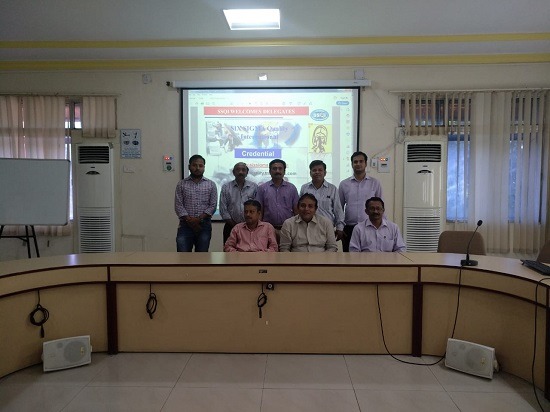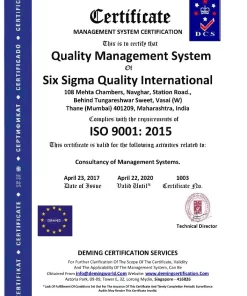ISO 16063-21:2003 is a standard that specifically deals with the calibration of vibration transducers by comparison to a reference transducer. Calibration is essential to ensure that measurements made by a transducer are accurate and reliable.
Here’s a brief overview of ISO 16063-21:2003 Part 21:
### Purpose:
The standard provides guidelines for the calibration of vibration transducers, ensuring that they meet specified performance criteria. Calibration by comparison to a reference transducer involves comparing the output of the transducer being calibrated to the output of a known, calibrated reference transducer under the same conditions.
### Scope:
– Specifies the general principles for calibration by comparison for vibration transducers.
– Applies to transducers used for measuring vibration in terms of an electrical output.
– Covers transducers that measure acceleration, velocity, or displacement.
### Calibration Procedure:
1. **Selection of Reference Transducer**: Choose a reference transducer that is calibrated and traceable to national or international standards.
2. **Test Conditions**: Establish test conditions that are representative of the intended use of the transducer. This includes vibration levels, frequencies, and environmental conditions.
3. **Comparison Measurements**: Measure the vibration using both the transducer being calibrated and the reference transducer simultaneously under the same test conditions.
4. **Data Analysis**: Compare the output signals from both transducers to determine any discrepancies. Corrections may be applied to the transducer being calibrated based on this comparison.
5. **Documentation**: Record all calibration data, including the procedures followed, test conditions, and results. This documentation is crucial for traceability and quality assurance.
### Benefits:
– Ensures accuracy and reliability of vibration measurements.
– Provides traceability to national or international standards.
– Helps in maintaining quality control and meeting regulatory requirements.
### Compliance:
For compliance with ISO 16063-21:2003, organizations should follow the procedures outlined in the standard and maintain records of all calibration activities. Regular calibration intervals should be established based on the transducer’s usage and criticality of measurements.
### Conclusion:
Calibration by comparison to a reference transducer as per ISO 16063-21:2003 Part 21 ensures that vibration transducers provide accurate and consistent measurements. Adhering to this standard helps organizations maintain high-quality measurement systems and ensures confidence in the data collected by these transducers.











Reviews
There are no reviews yet.